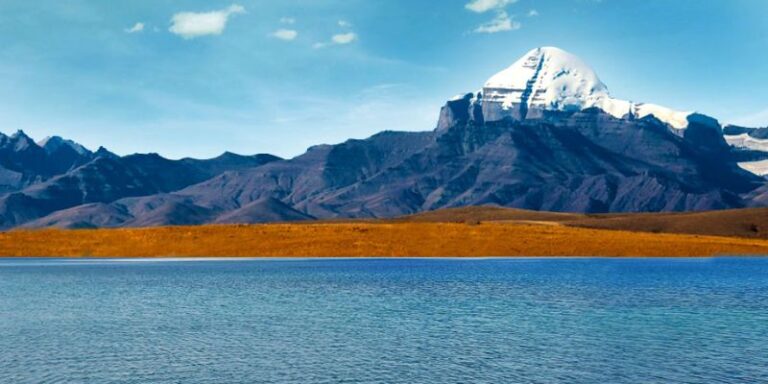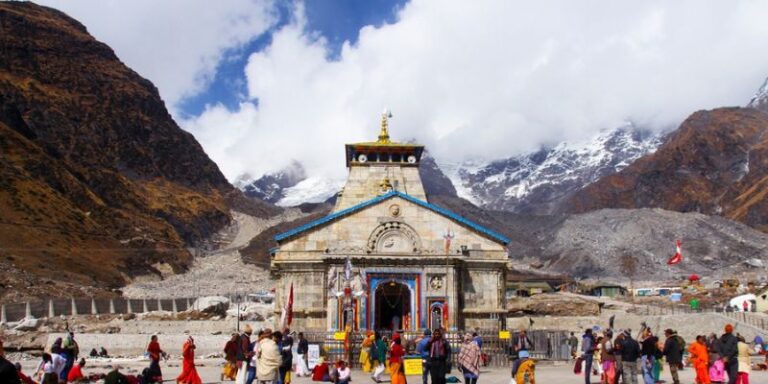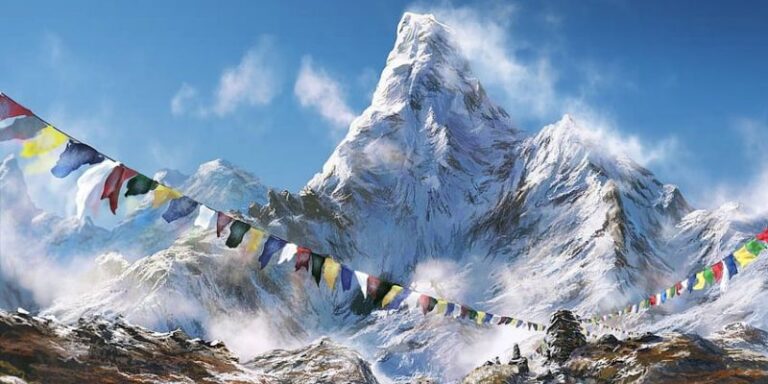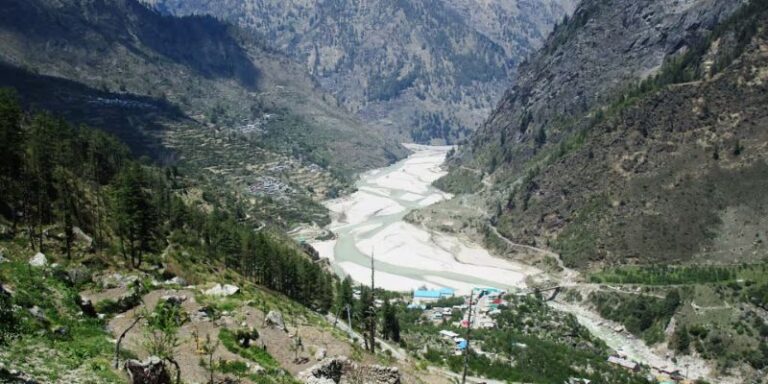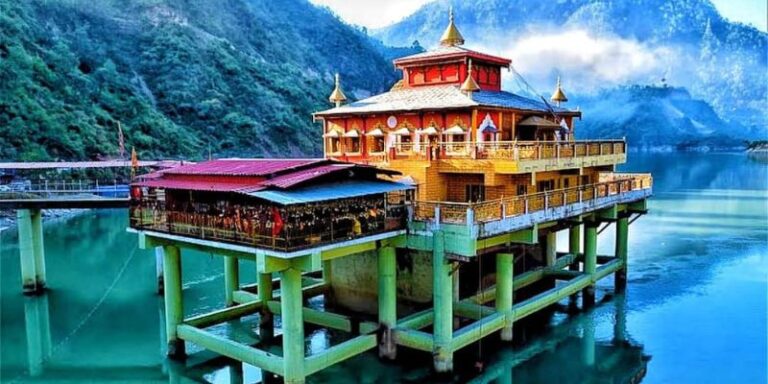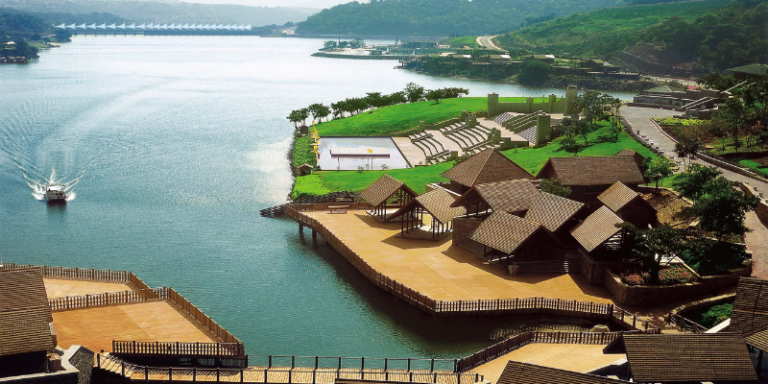Mawlynnong Village: Asia’s Cleanest Village Guide 2025
Disclosure: This page contains affiliate links. We may earn a commission at no extra cost to you if you make a purchase through these links.
Nestled in Meghalaya’s East Khasi Hills, Mawlynnong Village is famously known as Asia’s Cleanest Village, a title awarded by Discover India in 2003 and reaffirmed in 2005. Having visited Mawlynnong in 2024, I was captivated by its pristine streets, vibrant Khasi culture, and the UNESCO-listed Living Root Bridge. This guide, based on my firsthand experience and extensive research, offers everything you need to plan a memorable trip in 2025, from eco-friendly travel tips to hidden gems.
(https://en.wikipedia.org/wiki/Mawlynnong)
Unlike many tourist spots, Mawlynnong balances its fame with sustainability, though it faces challenges from commercialization. Join me as we explore this “God’s Own Garden” and learn how to visit responsibly.(https://www.meghalayatourism.in/destinations/mawlynnong-village/)
Why Visit Mawlynnong?
Mawlynnong is more than its cleanliness title. With a 100% literacy rate, a matrilineal Khasi community, and eco-conscious practices, it’s a model of sustainable living,. Here’s what makes it special:
(https://traveltriangle.com/blog/mawlynnong-cleanest-village-in-asia/)(https://www.indianholiday.com/blog/mawlynnong-asia-cleanest-village/)
- Impeccable Cleanliness: Bamboo dustbins every 100 meters, a plastic ban, and daily cleaning by residents keep the village spotless,.
- Natural Wonders: The Jingmaham Living Root Bridge, a UNESCO World Heritage Site, and lush greenery during monsoons are breathtaking,.
- Cultural Richness: Experience Khasi traditions, from matrilineal practices to organic cuisine.
- Proximity to Attractions: Nearby Dawki’s Umngot River and Bophill Falls add variety.
My Highlight: Sipping tea at a local canteen run by Khasi women, surrounded by orchids and bougainvillea, felt like stepping into a postcard.
Best Time to Visit
Mawlynnong’s pleasant weather makes it a year-round destination, but the monsoon (June–September) transforms it into a lush paradise,. Here’s a breakdown:
(https://traveltriangle.com/blog/mawlynnong-cleanest-village-in-asia/)(https://www.holidify.com/places/shillong/mawlynnong-sightseeing-3479.html)
| Season | Pros | Cons |
|---|---|---|
| Monsoon (June–September) | Vibrant greenery, full waterfalls, fewer crowds | Heavy rain, slippery paths |
| Autumn (October–December) | Festivals (e.g., Nongkrem Dance), clear skies | Moderate crowds |
| Winter/Spring (January–May) | Mild weather, easy trekking | Drier landscapes |
Tip: Visit during the Nongkrem Dance Festival (October–November) for a cultural immersion.(https://traveltriangle.com/blog/mawlynnong-cleanest-village-in-asia/)
How to Reach Mawlynnong
Mawlynnong is 90 km from Shillong, about a 2.5–3-hour drive,. Here are your options:(https://en.wikipedia.org/wiki/Mawlynnong)
(https://www.thatgoangirl.com/the-ultimate-guide-to-mawlynnong/)
- By Air: Fly to Shillong Airport (78 km) or Lokpriya Gopinath Bordoloi International Airport in Guwahati (188 km, 5–6 hrs by road).
- By Rail: Guwahati Railway Station (172 km) is the nearest, followed by a taxi or bus to Mawlynnong.
- By Road: Hire a taxi from Shillong (~₹2,000–₹3,000) or take a shared sumo to Dawki (35 km from Mawlynnong), then a local taxi. Buses from Shillong to Dawki run sporadically.
My Experience: I took a taxi from Shillong, stopping at Ka Briwar restaurant en route for Khasi cuisine. The scenic drive through misty hills was a treat.
(https://www.xplorewithvijay.com/blogs/mawlynnong-asia-cleanest-village/)
Top Attractions in Mawlynnong
Mawlynnong offers a mix of natural and cultural highlights:
- Jingmaham Living Root Bridge: A UNESCO World Heritage Site, this 500-year-old bridge is made by intertwining Ficus elastica roots. The 30-minute trek through lush forests is easy and rewarding,. Cost: ₹50 entry.
- Sky View Tower: An 85-ft bamboo tower offering panoramic views of the Indo-Bangladesh border. It’s a quick climb but stunning,. Cost: ₹10.
- Church of Epiphany: A 100-year-old structure with vintage charm, surrounded by colorful gardens,.
- Mawlynnong Waterfall: A serene spot for picnics, with the soothing sound of cascading water,.
- Balancing Rock: A natural rock formation, perfect for photos.
Hidden Gem: Visit nearby Bophill Falls (en route from Dawki), a milky-white waterfall near the Bangladesh border.(https://www.holidify.com/places/shillong/mawlynnong-sightseeing-3479.html)
Sustainability and Community Practices
Mawlynnong’s cleanliness is a community effort,:
(https://www.bbc.com/travel/article/20160606-the-cleanest-village-in-asia)(https://www.indianholiday.com/blog/mawlynnong-asia-cleanest-village/)
- Waste Management: Bamboo dustbins collect waste, which is composted into manure. Plastic is banned, and violators face fines,.
- Daily Cleaning: Residents, including children, sweep streets daily, with extra “social work” on Saturdays.
- Eco-Friendly Living: Homes use bamboo and metal, and plastic is repurposed into swings or planters.
- Education: Schools teach cleanliness, contributing to the 100% literacy rate.
Note: The village charges a ₹100 entry fee and parking fee, which some criticize as commercializing its charm. Respect local rules to support their efforts.
(https://www.thatgoangirl.com/the-ultimate-guide-to-mawlynnong/)
Where to Stay and Eat
Mawlynnong offers simple, authentic experiences:
- Homestays: Stay at local homestays (₹1,500–₹2,000/night) for Khasi hospitality. I recommend Grace Homestay for its garden views.
- Food: Local canteens serve organic Khasi dishes like dal, rice, chicken, and vegetables (~₹100–₹200/meal). Try the canteen at the village entrance run by women.
Tip: A day trip from Shillong is enough, but an overnight stay lets you see the village’s quiet charm after day-trippers leave.(https://www.tripoto.com/meghalaya/trips/mawlynnong-a-day-in-asia-s-cleanest-village-5be6e5fb4e22a)
Challenges and Tips
Visiting Mawlynnong has its nuances:
- Crowds: Daytime can feel touristy with 250 visitors daily in peak season. Arrive early or stay overnight for tranquility.
- Power Outages: Electricity can be unreliable, so carry a power bank.
- Rain: Monsoons make paths slippery; bring waterproof gear.
- Respect Privacy: Avoid photographing locals without permission, as tourism impacts their daily life.
My Tip: Buy souvenirs like bamboo mugs or Khasi jewelry to support the local economy.(https://www.tripoto.com/meghalaya/trips/a-walk-through-the-cleanest-village-of-asia-mawlynnong-5d4c0941a16e4)
FAQs
How far is Mawlynnong from Shillong?
About 90 km, a 2.5–3-hour drive.
(https://en.wikipedia.org/wiki/Mawlynnong)
Is the Living Root Bridge worth the trek?
Yes, it’s an easy 30-minute trek and a natural marvel.
(https://www.thatgoangirl.com/the-ultimate-guide-to-mawlynnong/)
Can I visit Mawlynnong in one day?
Yes, a day trip from Shillong covers the main attractions, but an overnight stay is more immersive.(https://www.tripoto.com/meghalaya/trips/mawlynnong-a-day-in-asia-s-cleanest-village-5be6e5fb4e22a)
Is plastic allowed in Mawlynnong?
No, plastic is banned, and bamboo dustbins are provided.
(https://www.indianholiday.com/blog/mawlynnong-asia-cleanest-village/)
Explore Nearby
Extend your trip with these attractions:
- Dawki: Boat on the crystal-clear Umngot River (35 km).
- Cherrapunji: Visit Nohkalikai Falls and Mawsmai Cave (81 km).
- Riwai Village: Trek to another Living Root Bridge (2 km).
Visit our FAQ page or Contact Us for more travel ideas.
About the Author
Vikash Kumar is a passionate traveler who explored Mawlynnong in 2024, drawn by its eco-friendly ethos. With 15+ countries visited, Vikash Kumar shares authentic tips to inspire sustainable travel. Learn more on our About Us page.
For details on our data practices, see our Privacy Policy.


